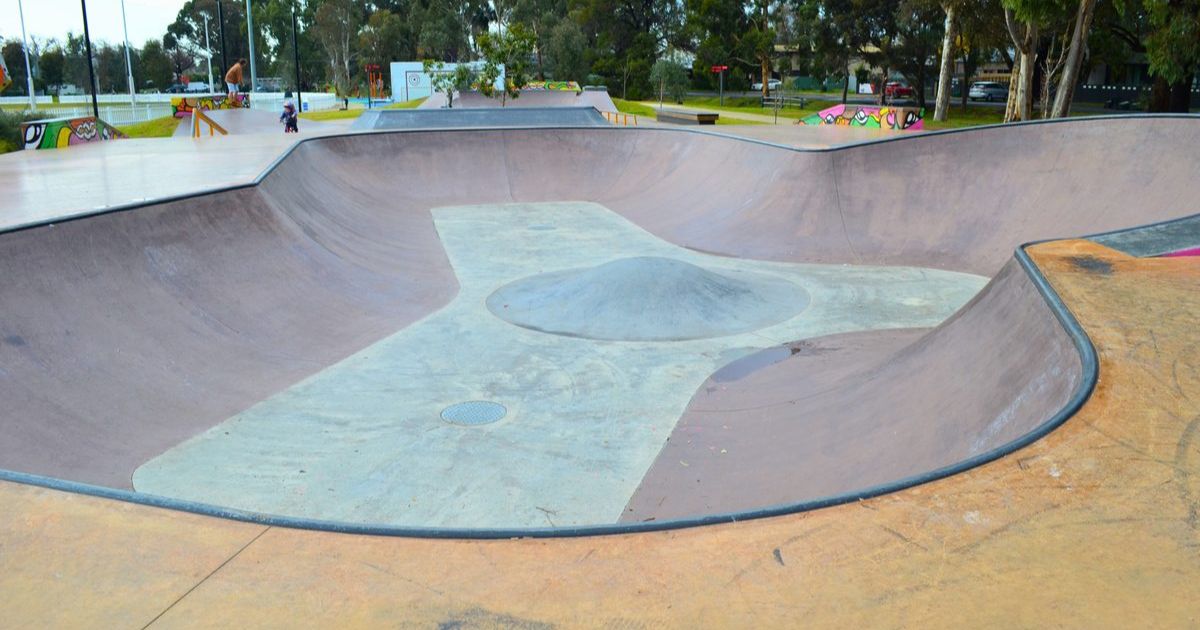From the desk of Roland Rocchiccioli – 15 January

Twitchy: As a child Roland was a member of the Gould League of Bird Lovers and recalls the pledge: “I promise to protect all native birds, animals, and plants; and I will not collect birds’ eggs.” Photo: SUPPLIED
When it comes to the extinction of flora and fauna, Australia has, since 1788, the most dubious record of any country in the world – rich or poor!
WHILE some would argue the claim is spurious, it is, nonetheless, a record of which the nation should be thoroughly ashamed; and one which Tanya Plibersek, Minister for the Environment and Water, is devoting a deal of time and effort. She has vowed there will be zero extinctions in the future.
The flagrant breaches of rules and regulations are disgraceful, and recidivistic. It seems we never learn. For too long we have been too slack in protecting our species. The shooting of wildlife for sport is offensive, cruel, and pointless. In the 1950s, my late brother and his mates went into the bush shooting wedge-tailed eagles, and any other creatures of flight which came within range of their .303 rifles and double-barrelled shotguns. Even pink and grey galahs were not spared.
The Australian Government has acknowledged the official extinction of 13 endemic species, including 12 mammals, and the first reptile known to have been lost since European colonisation.
The addition of the aforementioned dozen mammal species confirms Australia’s unenviable position as the world’s capital for mammal extinction. The total number is recorded as 34.
None of the 13 endemic species is a surprise, and all but one of the mammal extinctions is historic, with most having disappeared between the 1850s and 1950s; however, the list also includes two species lost in the past decade, both from Christmas Island in the Indian Ocean.
The last Christmas Island pipistrelle, a species of bat, died in 2009. It was followed in 2014 by the sole remaining Christmas Island forest skink – the first Australian reptile known to have become extinct.
The Wilderness Society’s Suzanne Milthorpe said in 2021, “Not another country, rich or poor, that has anything like this record” in mammal extinction. She said Haiti, which has a total of nine, was next on the International Union for Conservation of Nature list for mammal extinctions.
The total number of Australia’s endemic species validly listed as extinct (or extinct in the wild) since the colonisation is 100. The ICUN contends the actual number of extinctions is likely to be far more than those recognised in formal lists.
The Gouldian Finch is arguable the most beautiful bird in the word. It was so named to honour the work of John and Elizabeth Gould who established The Gould League of Bird Lovers, now the Gould League, in 1909. As recently as the 1980s, large number of them were trapped in the wild for the local and international bird trade; but the man causes of their decline is the changes in habitat because of land clearing and fire.
The endangered numbat is a small to medium sized marsupial which is the faunal emblem of Western Australia. Its future is uncertain. Only 800 still exist in their natural habitat.
Sadly, the orange-bellied parrot – which is a treasure to behold – is seriously endangered. According to The Nature Conservancy Australia, we have as few as 50 adults remaining in the wild.
The eastern curlew is critically engendered. Numbers have dropped by 80 per cent in 40 years.
Perhaps it is time to consider bringing the Gould League back into primary schools. If we are to make any discernible difference in the survival of our struggling flora and fauna, we need to start with the young. They are the only hope for the future!
Roland can be contacted via [email protected].


















